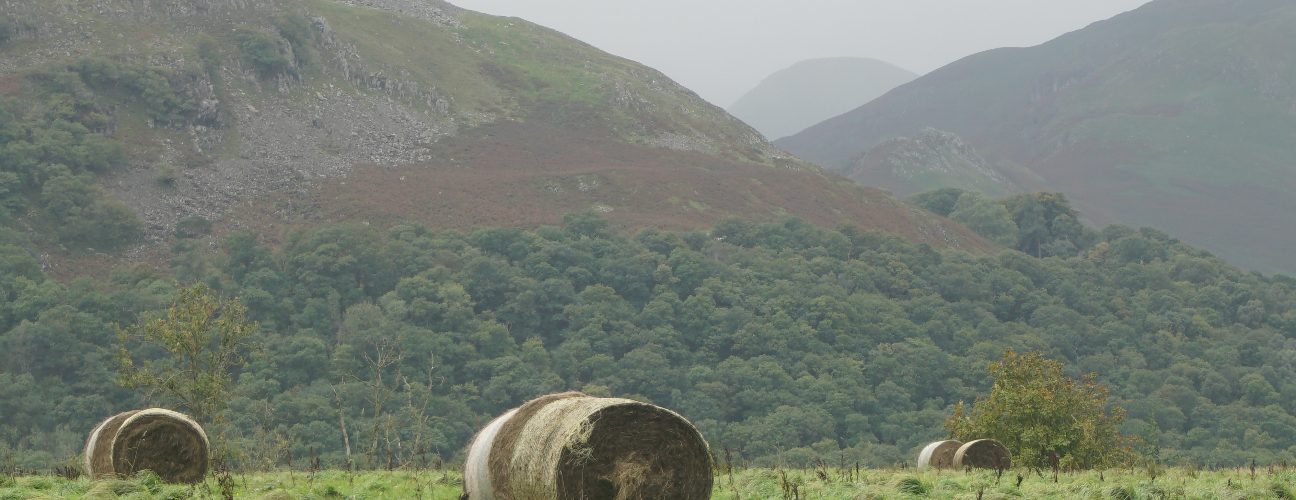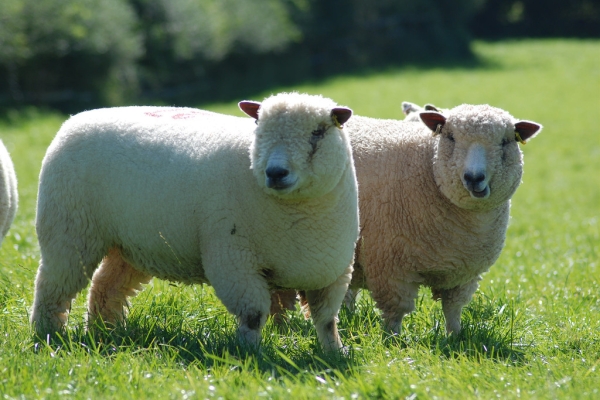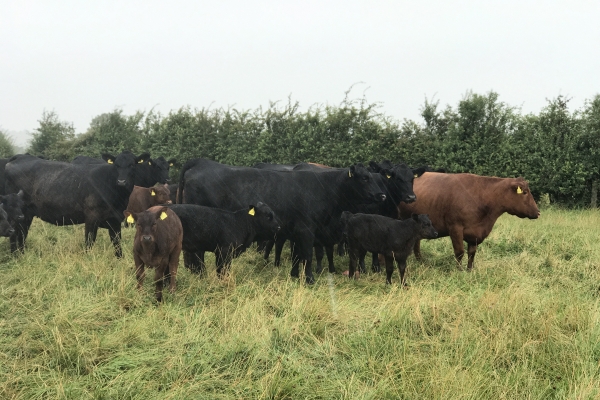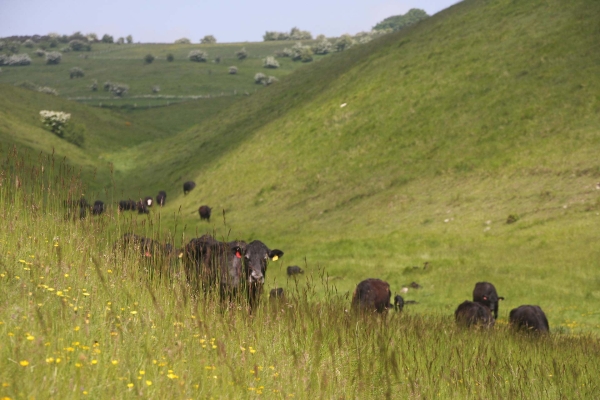Bale grazing as an effective livestock outwintering strategy
Resource explained
Recording of an ORFC 2024 session where members of the Pasture for Life-led, five-year, Innovative Farmers field lab on bale grazing share their insights into their out-wintering strategies, including costs, benefits, impacts and lessons learned after several years of testing the approach. Chaired by Nikki Yoxall, the session first outlines what bale grazing is and the intentions behind the research; principally trying to understand the benefits to soil health and forage quality after bale grazing. Anecdotal evidence shows that grass comes back better and farmers can get better hay cut and an extra graze the following year through using bale grazing. We hear from four different farmers; Andrew Steele from Treflach Farm in north Shrophshire, Claire Beaumont of Gowbarrow Hall Farm in Cumbria, Ian Horsley who runs Garton Hardy Farming with his wife as part of Baston Hall, a small diversified regenerative farming estate, and Silas Headley-Lawrence who manages FAI Farms on the edge of Oxford.
Findings & recommendations
- 7 farms across England and Scotland are taking part in the research, representing a mix of different soil types, altitudes, range of herd sizes etc. and the research involves looking at various aspects including forage quality, soil carbon, soil pH and available N, P, K.
- Bale grazing can be a low cost way of wintering cattle, it can also be used for sheep. Bales can be grazed in situ without the use of any ring feeders, or rolled out – the animals are then able to graze along the length of the bale.
- Bale grazing can provide benefits such as spreading wild flower seeds and improving soil structure (due to fields being rested for longer). There can also be big cost savings made, particularly in relation to feed costs per head, along with a reduction in labour.
- The farmers clearly outline some of the important considerations, including understanding the daily feed and water demands of your herd, making sure your water infrastructure supports your plan, considering how many days you can out-winter for (you can use hay bales to reduce the size of cells and increase total days grazing), and looking ahead to weather conditions and moving your animals to best areas to meet those conditions.
Interested in watching a session on bale grazing run at Groundswell in 2023? View ‘Bale Grazing – Lessons From Our Field Lab’ here.
See more videos from the Oxford Real Farming Conference 2024 here.










